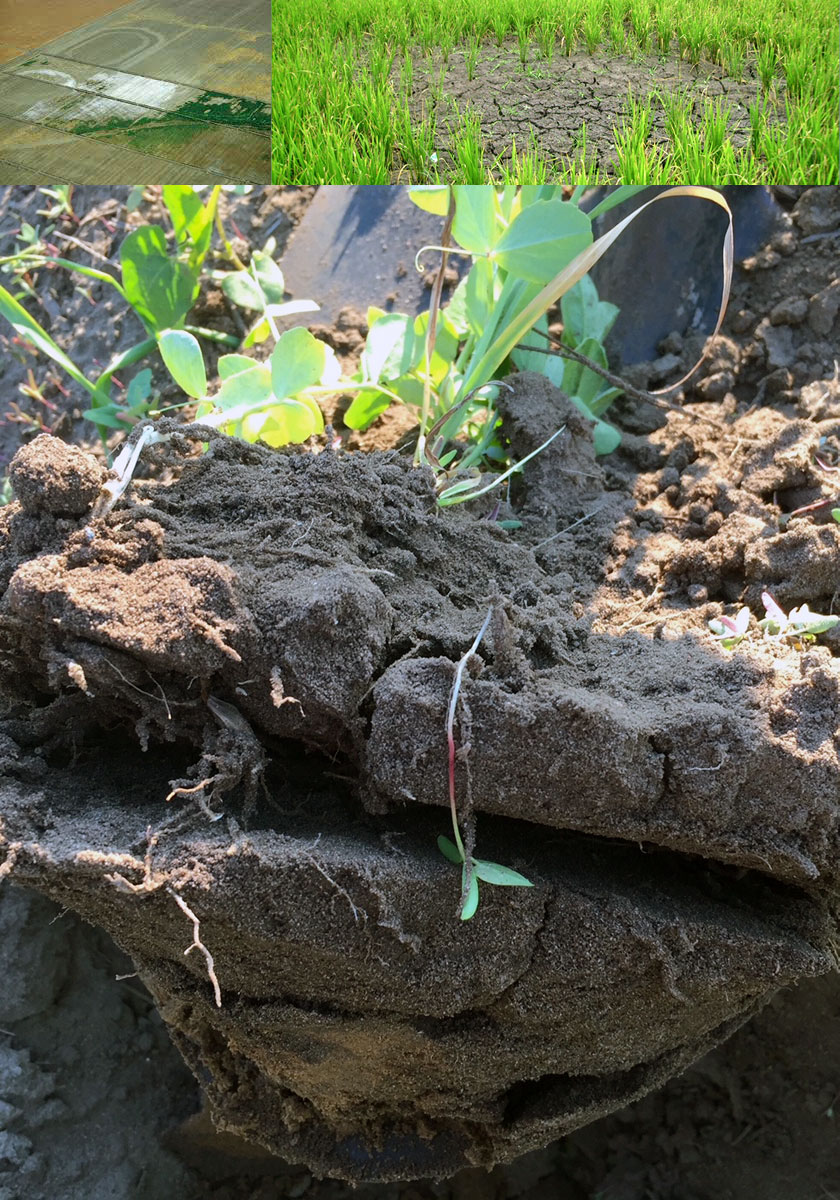Air/Aerobic
to one that is alive, efficient and resilient to stress. We have implemented the ABCs of Soil Health to assist with the process of regaining soil function.
Each step is essential in restoring the soil’s ability to grow healthy crops.
The first step is focused on opening the soil and creating soil structure. We are building an aerobic environment to host the aerobic microbes in the soil. The mineral that has the highest flocculating value (or the ability to structure the soil) is calcium. As we increase the available calcium in the soil, the soil softens, the PSI decreases, water is accepted and held more efficiently, and the soil starts to breathe. Atmospheric air contains 78% Nitrogen and 21% Oxygen which becomes part of the soil structure.
Soil varies all over the world. Having said this, all soils have generally the same make up and contain the same minerals, in varying levels and availability. Soil life is relatively similar as well, varying in numbers and species based on the climate, soil type and farming practices.
The agriculture industry does not pay particular attention to the soil structure, but rather categorizes soil types by colour and zones, layers, and parent material.
We take a bit of a different approach to soil, and to soil structuring.

Soil should be an interface between the atmosphere and the earth. 25% air and 25% water and 50% soil, microbes, plant material and humus. By achieving this structure, plants and soil life will thrive and be able to access all that is needed for survival.
This environment is what we refer to as the aerobic zone. Characteristics include a PSI of under 300, the soil is non sticky, has an earthy smell and decomposes plant residues in a short period of time. Conductivity readings become more homogenous and water holding capacity improves. Soil microbes thrive, mineral availability improves, and there is a marked decrease in the presence of disease, insect damage and weed pressure. We do treat each soil type a bit differently, but the end goal is the same.
The Right Environment is crucial to success
Consider the following analogy made by Glen Rabenberg of Soil Works LLC:
In the business world, we recruit the best employees with the best skill sets, the brightest most efficient and resilient personalities, and then we provide education, training and support, and encourage health and wellness. While building communication and tech support with top notch equipment and technology, we continue to motivate, stimulate and encourage. We take pride in our newly created team and can't wait to see the success they create. On their first day of work, we put them on a boat and head for the North Atlantic and throw them all overboard and expect them to work at peak performance. Pretty ridiculous, right??!!
Soil Biology is no different.
As producers begin to farm with biology, they research and source the "right" strains of microbes, feed with super foods, aerate to the "proper" levels and protect from sunlight, heat, cold and all other harmful effects. On the first day of work, we put them in saline soil, compacted soil, soil with low carbon content and low oxygen, soils laden with herbicides, fungicides or soil with salt based soil inputs/fertilizers and wonder why the production is minimized.
The first step of soil health is establishing a soil environment that promotes, protects and enhances soil microbes.



